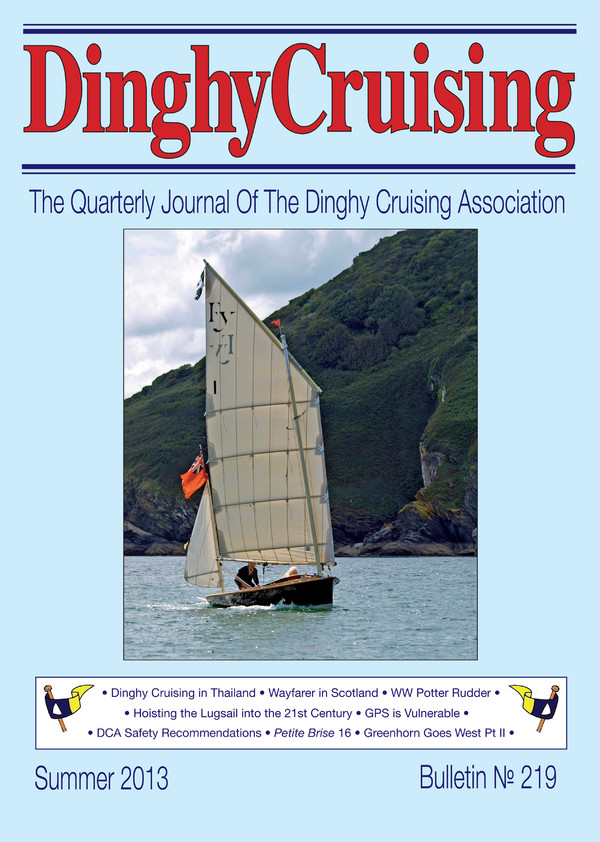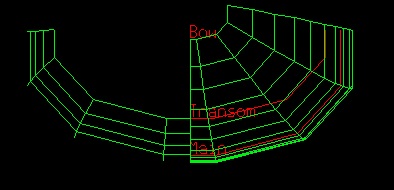
A 15ft Pram for Dinghy Cruising
20160601
20160701
20160711
20160801
20160901
20160915
20161201
20161215
20170107
20170113
20170114
20170119
20170120
20170122
20170123
20170131
20170208
20170219
20170220
20170221
20170224
20170225
20170318
20170328
20170329
20170408
20170409
20170417
20170420
20170421
20170422
20170423
20170424
20170425
20170426
20170427
20170501
20170509
20170521
20170525
<<
>>
20161215 |
|
A couple of weeks ago I joined the Dinghy Cruising Association. The rally reports in the DCA journal make interesting reading. Most members have boats in the 12-14 foot range: Mirrors, Enterprises, etc. Boats which are small enough to handle on your own. This helps to finalize the design brief for my new boat:
 20161215_DC219_Cover.jpg The DCA Journal  20161215_pram5.jpg Easy to build with no twist in the panels. |